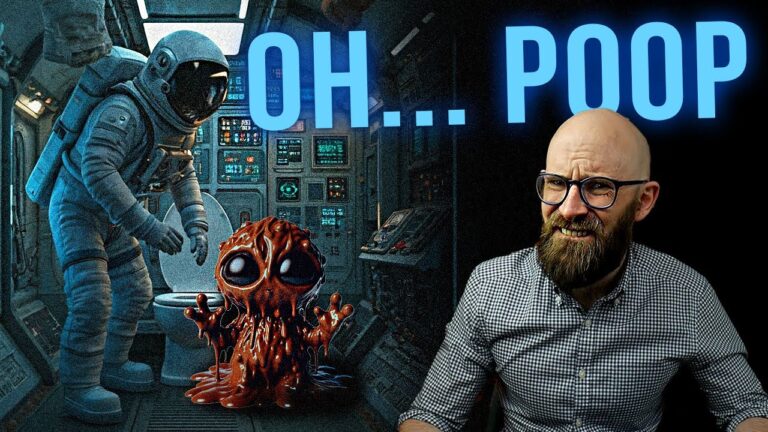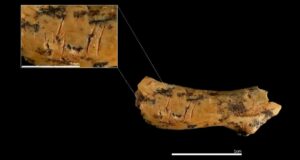“Gravity-Defying Dilemmas: The Ingenious Solutions Astronauts Use to Conquer the Ultimate Space Challenge!”
But while the UWMS represents the current state of the art of space toilet design, one major spaceflight problem remains unsolved: how to adequately manage waste collection in a spacesuit. Currently, this is handled through the use of Maximum Absorbency Garments – AKA adult diapers – but this is only adequate for current EVAs, which typically last only a few hours. Longer-duration EVAs such as those astronauts might encounter on future missions to the Moon or Mars are a completely different animal. Collection of urine is fairly straightforward, but for men only. The specifics of female anatomy, including the shape of the genital region, the presence of pubic hair, and the realities of menstruation, greatly complicate the process. While some of these problems could be mitigated by, for example, having female astronauts shave off their pubic hair and go on birth control to regulate their menstrual cycles, this is beyond what NASA is willing to ask of its astronauts. Instead, the agency is seeking an entirely hardware-based solution. For example, in 1981 NASA patented a female urine collection device with a vaginal insert to prevent stray urine droplets or particles of faeces from drifting into the vagina and causing infections. However, such a system has not yet been successfully integrated into any practical spacesuit.
The problem of solid waste disposal is even more vexing, as containment is far more difficult to achieve and fecal matter is far more difficult to handle automatically than liquid waste. Consequently, in 2016 NASA launched the wonderfully-named Space Poop Challenge, which offered $15,000 to any inventor who could come up with a practical spacesuit waste management system. The top prize was clinched by flight surgeon and family physician Dr. Thatcher Cardon, who developed his prototypes on evenings and weekends with the help of his wife and kids. Cardon’s system features a small access port integrated into the crotch of the spacesuit, to which various bags and hoses can be attached to remove solid and liquid waste. According to Cardon, the port could also be used to perform emergency abdominal surgery and other procedures. But while innovative, the system is nowhere near ready for actual use in space, and as of this recording the problem of long-term waste management in a spacesuit has not yet been solved. But with NASA working tirelessly on the problem, we can all rest assured that when the first astronaut takes the first dump on the planet Mars, they will be aided by the very best technology humanity can concoct.











